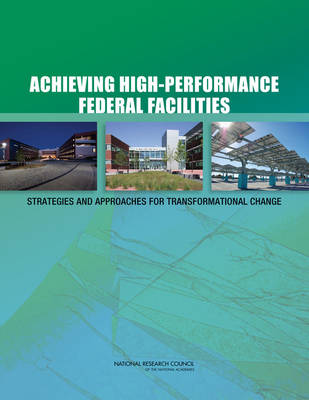The design, construction, operation, and retrofit of buildings is evolving in response to ever-increasing knowledge about the impact of indoor environments on people and the impact of buildings on the environment. Research has shown that the quality of indoor environments can affect the health, safety, and productivity of the people who occupy them. Buildings are also resource intensive, accounting for 40 percent of primary energy use in the United States, 12 percent of water consumption, and 60 percent of all non-industrial waste. The processes for producing electricity at power plants and delivering it for use in buildings account for 40 percent of U.S. greenhouse gas emissions. The U.S. federal government manages approximately 429,000 buildings of many types with a total square footage of 3.34 billion worldwide, of which about 80 percent is owned space. More than 30 individual departments and agencies are responsible for managing these buildings. The characteristics of each agency's portfolio of facilities are determined by its mission and its programs.
In 2010, GSA's Office of Federal High-Performance Green Buildings asked the National Academies to appoint an ad hoc committee of experts to conduct a public workshop and prepare a report that identified strategies and approaches for achieving a range of objectives associated with high-performance green federal buildings. Achieving High-Performance Federal Facilities identifies examples of important initiatives taking place and available resources. The report explores how these examples could be used to help make sustainability the preferred choice at all levels of decision making. Achieving High-Performance Federal Facilities can serve as a valuable guide federal agencies with differing missions, types of facilities, and operating procedures.
- ISBN10 0309211689
- ISBN13 9780309211680
- Publish Date 7 December 2011
- Publish Status Active
- Publish Country US
- Imprint National Academies Press
- Format Paperback
- Pages 144
- Language English
